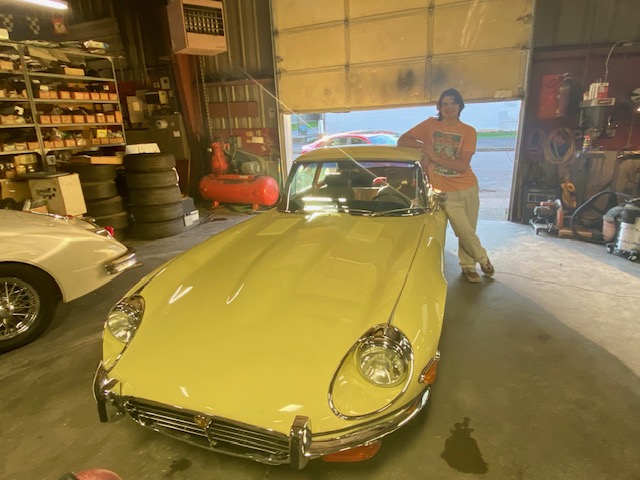
Last week we talked about the care and feeding of SCM’s 2006 Lotus Elise, 1971 Mercedes 250C and 2000 Land Rover Discovery II and what they each needed to be considered “in service.”
Our 1971 Jaguar E-type V12 coupe has turned out to be our “go-to” car for long distance tours. It’s covered over 6,000 miles and three tours since we bought it in April of 2020. We just had it serviced by Ed Grayson of Consolidated Auto Works. He changed the oil, replaced the rear brake pads to alleviate squeaking when cold and showed Bradley what to do when the master cylinder overheated and locked up.
The car continues to be a delight and is now safely tethered to a battery tender in climate-controlled storage, waiting for spring and its next adventure.
Our 1991 Alfa Spider S4 is similarly stored and waiting. We finally solved the pesky inaccurate temperature gauge problem after being contacted via FB by an Alfisti in Canada. He has made a small business out of obtaining S3/4 water temp gauges, testing them to make sure they read correctly, then offering them for sale. Along the way, we also replaced the thermostat and the fan relay. Perhaps I could have lived with the gauge “as-is,” knowing that it was always going to read hot, but that’s not the way I approach things.
It’s a nice-driving 24,000-mile car. I discovered that Alfa put a slightly numerically higher rear axle in the automatics to give them a little more pep. We don’t drive it enough where the increased engine rpms make any difference.
I’m still sad about its accident. It was a completely original car. Then in a parking lot, we watched while an idiot in a BMW X3 backed up twenty feet into our driver’s door. The door did not have to be replaced, and Tom Black did a masterful job of matching the paint. But there was something fun about having an original-paint car (as the Jaguar is) and we’ll never be able to reclaim that status. Emotionally, the car is just not the same.
The 1965 Alfa Giulia Spider Veloce (restored some time ago by Bill Gillham) just needs sunshine and a driver. We fitted the factory Pininfarina hardtop to the three-owner 1967 Duetto, pretending that makes it a foul-weather car. Bradley has eyes on it as his ride in next year’s SCM 1000.
And finally the 1975 Porsche 911S. Al Blanchard at A&P Specialities reports that he has dropped the drivetrain on the car, and is about to dig into the transmission to discover why it is locked in fourth gear. He and I exchanged sentiments hoping the cause of the problem will quickly become apparent so he can remedy it.

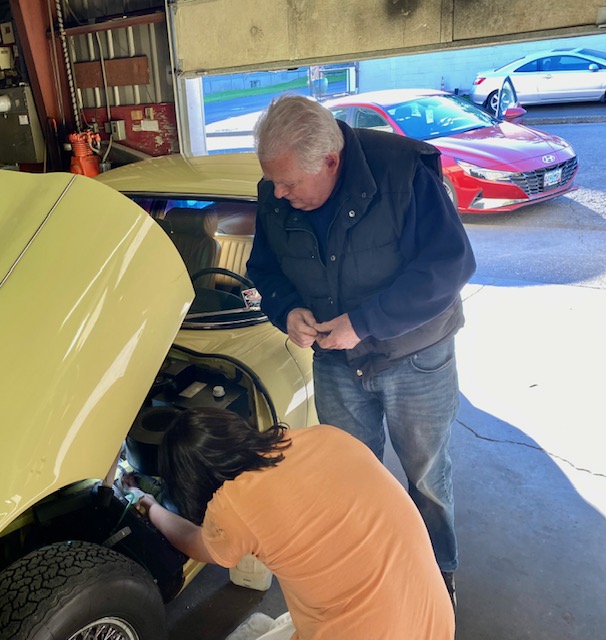
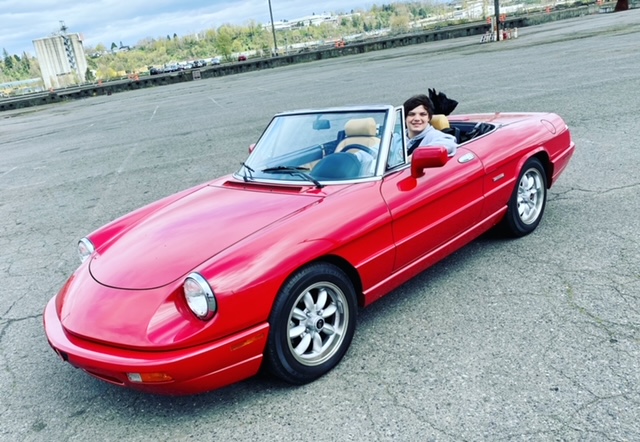
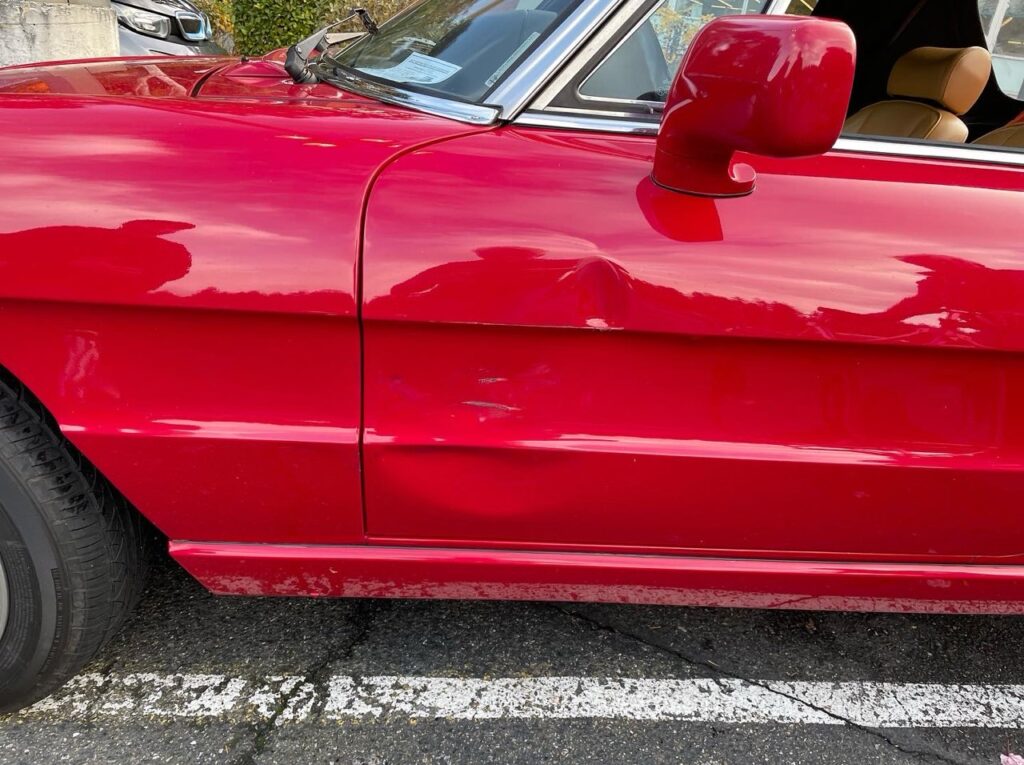
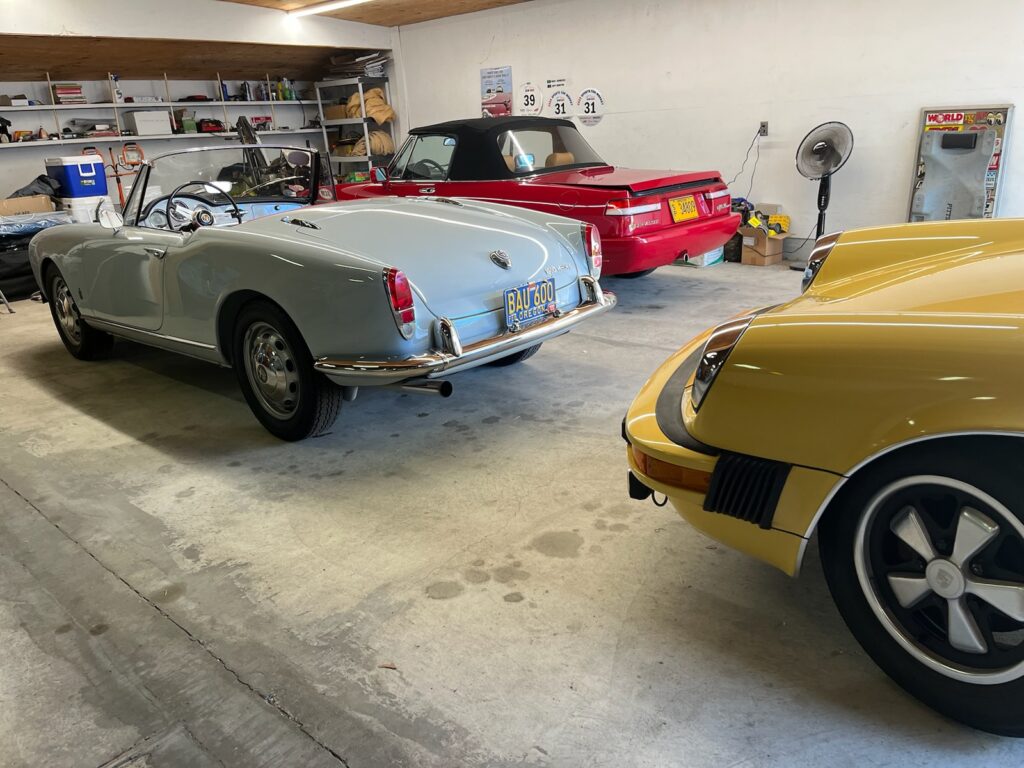
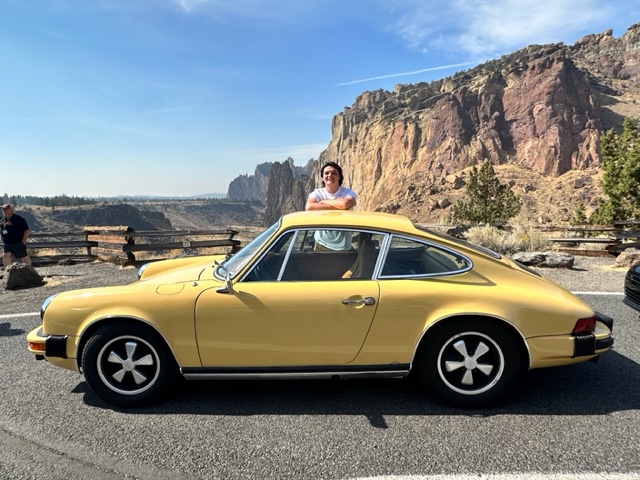
Would love you to share what the “fix” is when the master cylinder overheats and locks up on a SIII e-type. Thanks!
my 3z ferrari would occasionally–but rarely–start dragging the brakes, generally when cold. i learned to pop the brake pedal, hard and quick, and the brakes returned to normal. the lovely machine also ‘drank’ a teensy amount of brake fluid through the miles. probably a ver small leak in the powerbrake diaphragm. i warned the buyer of the problem; never heard any complaints. he had the zagato body removed and the car reconstructed as the alloy 250 swb spider it was originally. i’d love to know where that zagato body went…merry Christmas everybody!
on the “accident” – a few months ago my ’88 928S4 suffered a similar incident, guy in an SUV (of course), in a parking garage, couldn’t negotiate the turn to the garage exit, so backed up and hit the passenger side (dent on rear fender lip, multiple dents on passenger door. The explanation? “I couldn’t see it”. This should never be an explanation for someone driving!! Greetings of the season to all!
I have never heard of a master cylinder that overheated and seized. More likely is that the car’s brake fluid was not regularly changed over the years, with the result that moisture absorbed by the fluid caused corrosion of the cylinder bore and/or pistons that caused one or both pistons to stick. The only acceptable fix for this issue is to rebuild or replace the master cylinder. Proper and reliable brake operation is critical to your safety and that of other people on the road.